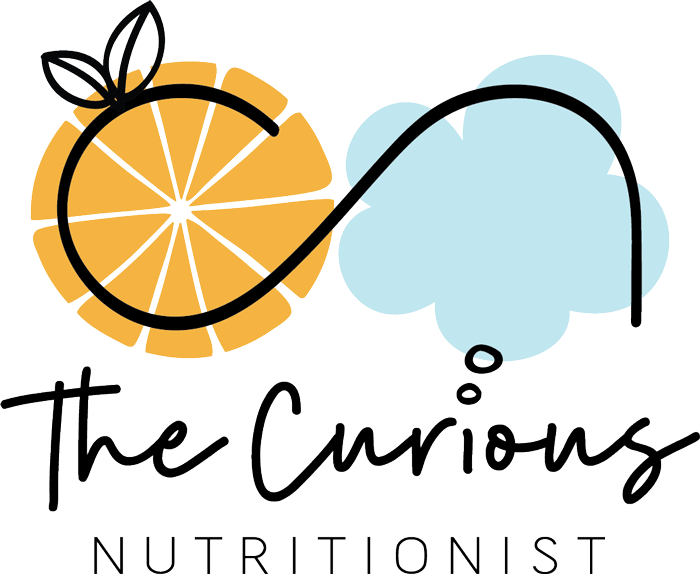There once was a teacher who was very hungry. She (or He) ate one almond, two slithers of cauliflower bread, three celery sticks, four kale leaves and five cherry tomatoes to fill the void, but soon enough discovered they were very HANGRY! So… she (or he) devoured one piece of cheesecake, one pickled onion, one slice of cheddar cheese, one slice of pastrami, one chupa chup, one piece of apple pie, one cabana stick, one chocolate brownie and one slice of rockmelon. Oh how full s/he became, so full s/he felt sick!
Jokes aside, I’m sure at some point you’ve hit the 3:30pm slump and wanted to eat everything in sight. This response is most likely from a stressed and/or an underfed body. It’s well documented that teaching is a highly stressful occupation with an ever demanding workload, and sometimes feeding ourselves isn’t a priority. On a busy teaching day it can seem difficult to get a full meal in and we’ve all skipped a meal or two on ‘one of those days.’
Eating less regularly and for prolonged periods induces stress on the body and threatens our homeostasis. Stress results in a psychological, biological and behavioural response on the body. The nature of of a teaching role entails multitasking, whether it’s classroom management, planning and preparing learning, collegial and school community extracurricular activities and meetings, the demand on the body and brain is immense. When we’re shifting our attention from one thing to the other with multitasking, we burn glucose which is our primary energy source. The brain is dependent on this fuel as its rich network of nerve cells rely on glucose to support memory, cognition and learning. The brain requires a constant supply of glucose, whereas the muscles store large amounts of glycogen. Teaching has multiple daily, even hourly mental challenges, so if you have a demanding classroom, your brain is using more glucose therefore increasing fatigue and decreasing concentration levels and focus.
How can we feed our bodies well and beat the hangries? The simple solution is eating regular satiating meals with combinations representing the five food groups and reducing stress. Fueling your body adequately at regular intervals and learning efficient strategies to best support the body are the way to go. Our bodies are super clever at adjusting energy balance when needed. We often feel guilty (because diet culture tell us!) when we reach for an energy dense, highly palatable or ‘less’ nutritious food. Believe it or not, but this is a normal response to a fatigued mind or body. It demands a quick release of energy so we’re feeding it adequately. In order to maintain sufficient energy levels and not get to the hangry or ravenous stage, it requires a greater self-awareness of our habits and behaviours.
Learning to nourish our bodies takes time and patience, especially if it’s an area you frequently overlook. It also requires a judgement-free lens. Mindful eating is a way to do this. It allows you check in with yourself before, during and after a meal, focusing on hunger and fullness, and also learning to savour the flavour and taste of meals. As for ‘what’ to eat, that’s up to you. My main question when I was working with individual clients was, what can you add to your diet? Most people decided on vegetables. It was then up to them to decide what vegetables and how much. Some people decided on adding extra veg to their lunch and found this helped their afternoon fatigue and others changed their evening meal time. Concentrating on quality of food, representing combinations of the five food groups in main meals and snacks, as well as timing meals adequately helps keep the body nourished and sustains the body for longer periods. The more we prioritise this and tune into the body’s cues, the better and more intuitive we become.


Thanks for this info Kel. I often overlook eating properly during the teaching day. A good reminder about self care as the school year begins. I’ll be sharing this!
Thanks so much Liz.